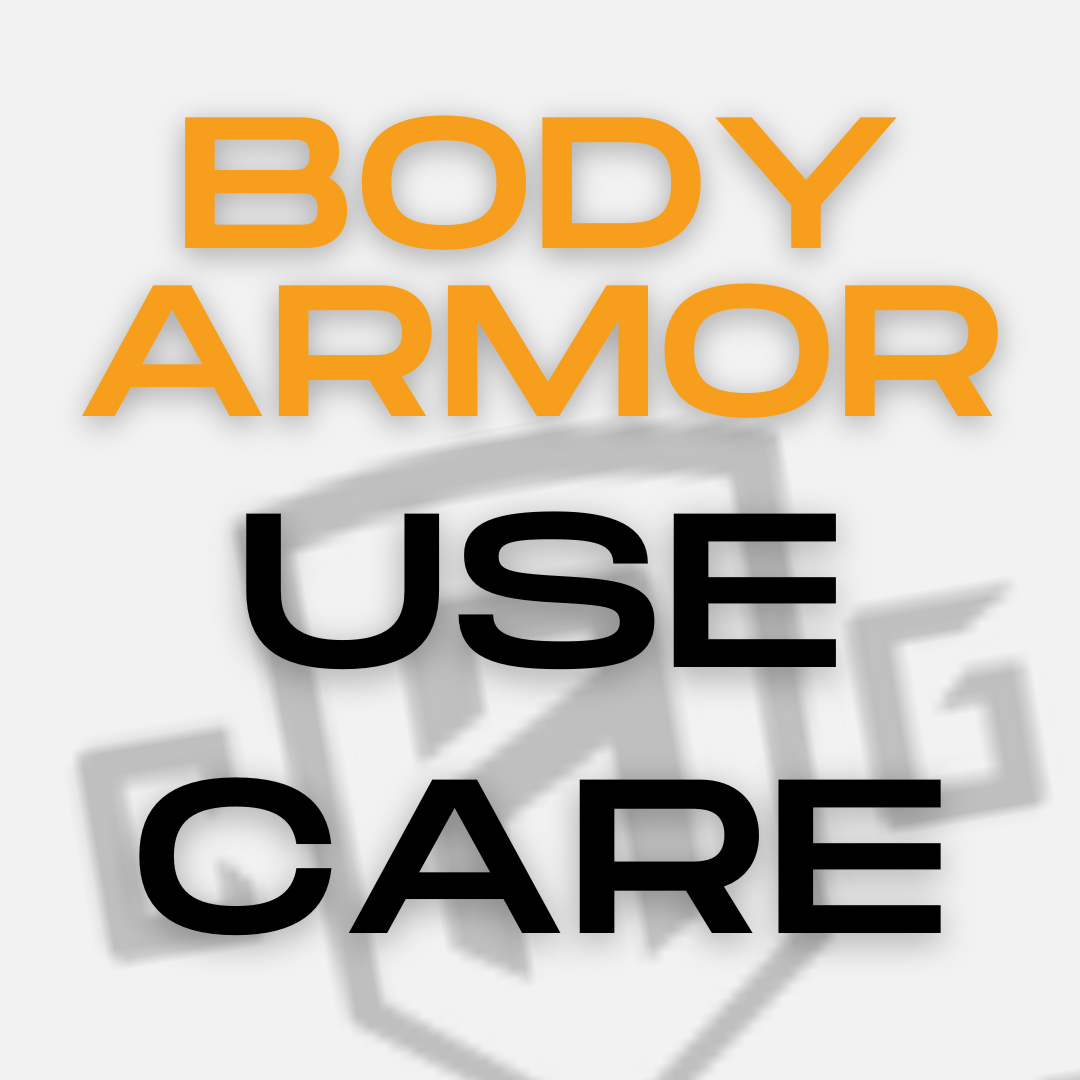
Safeguarding the Protectors with Proper Use, Care, and Maintenance of Body Armor
Jul 03, 2023
Body armor worn by our law enforcement and military personnel is more than just a protective layer—it is a literal lifesaver. However, just like any other essential equipment, its effectiveness hinges on the correct use, regular maintenance, and proper care. In this article, we'll guide you through these crucial aspects, ensuring your armor delivers optimal performance when it matters most.
Understanding Your Body Armor
Body armor comes in many shapes and forms, each designed to meet specific threats and situations. Soft armor panels, made from layers of woven or laminated fibers, are great for handling threats like handguns and fragmentation. On the other hand, hard armor plates—typically composed of metal, ceramic, or polyethylene—offer a higher level of protection, capable of withstanding rifle rounds.
Understanding the type and level of protection your armor provides is the first step towards proper usage.
The Proper Usage of Body Armor
To maximize protection, body armor should be correctly fitted and worn. Armor that is too large or too small not only compromises comfort but can also limit mobility and leave areas of your body exposed.
Ensure your body armor is secure but not overly tight— it should cover your vital areas without restricting your movement. Also, familiarize yourself with how to quickly don and doff your armor, as every second counts in an emergency.
Cleaning and Caring for Your Body Armor
Regular cleaning helps extend the lifespan of your body armor while ensuring it functions correctly. For external carriers and nylon goods, follow manufacturer guidelines—usually, these can be machine washed on a gentle cycle and air-dried.
For soft armor panels and hard armor plates, a different approach is needed as they should never be submerged in water or exposed to harsh chemicals. Use a damp cloth or sponge with mild soap to gently clean the surface, then allow them to air dry.
Remember, improper cleaning can degrade your armor's protective properties, so always follow the manufacturer's instructions.
Regular Inspections and Armor Expiration
Routine inspections are crucial to guarantee the reliability of your body armor. Check for signs of wear and tear, such as cuts, tears, or deformities. Pay particular attention to the ballistic panels—any damage to these could significantly reduce their protective capabilities.
Lastly, keep track of your armor's service life. All body armor comes with a recommended expiration date, usually around five years for soft armor panels. However, this lifespan can vary depending on factors like usage and maintenance, so regular inspections remain crucial.
Proper use, care, and maintenance of your body armor can mean the difference between life and death. Therefore, it's essential to understand and respect these guidelines, ensuring your equipment remains reliable and effective.
Remember, we at Custom Armor Group (CAG) are always available to assist you with any questions you may have about your body armor's care and maintenance. After all, our mission is to ensure the safety of those who protect us. Get in touch with us today, and let's continue the conversation about your safety.

